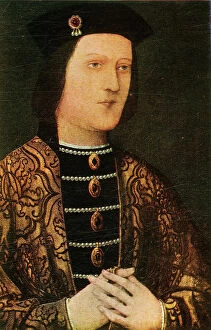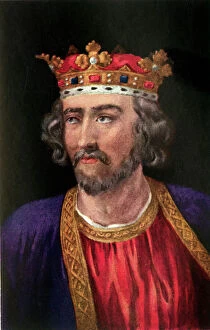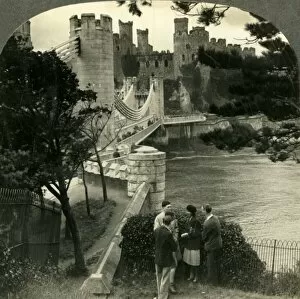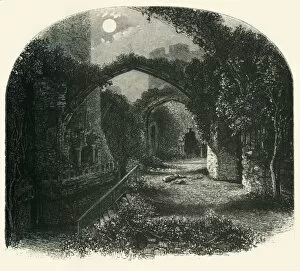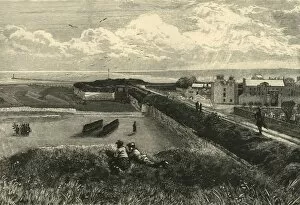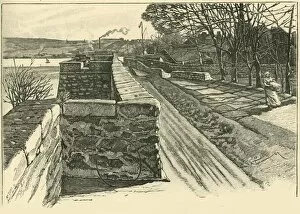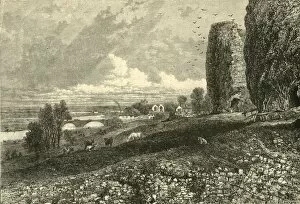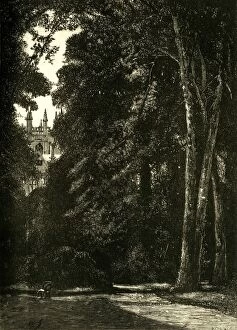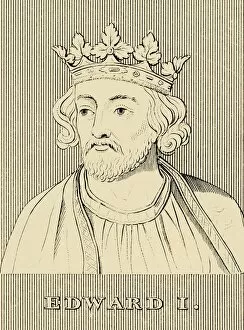Plantagenet Edward Collection
Plantagenet Edward, also known as Edward of Woodstock or the Black Prince, was a prominent figure in English history during the 14th century
For sale as Licensed Images
Choose your image, Select your licence and Download the media
Plantagenet Edward, also known as Edward of Woodstock or the Black Prince, was a prominent figure in English history during the 14th century. He was the eldest son of King Edward III and played a key role in the Hundred Years' War against France. Known for his military prowess and chivalry, Plantagenet Edward earned his nickname "the Black Prince" due to his black armor. Despite his early death at the age of 45, Plantagenet Edward left a lasting legacy through his victories on the battlefield and his reputation as a noble knight. His leadership at battles such as Crecy and Poitiers solidified England's dominance in Europe during this turbulent period. Beyond his military achievements, Plantagenet Edward was also known for his patronage of the arts and support for literature. He commissioned works from renowned poets like Geoffrey Chaucer, further cementing his place in history as a cultured and sophisticated ruler. In modern times, Plantagenet Edward continues to be remembered as one of England's greatest medieval warriors, revered for his bravery, honor, and dedication to king and country. His story serves as an inspiration to all who seek to uphold principles of courage and integrity in their own lives.

